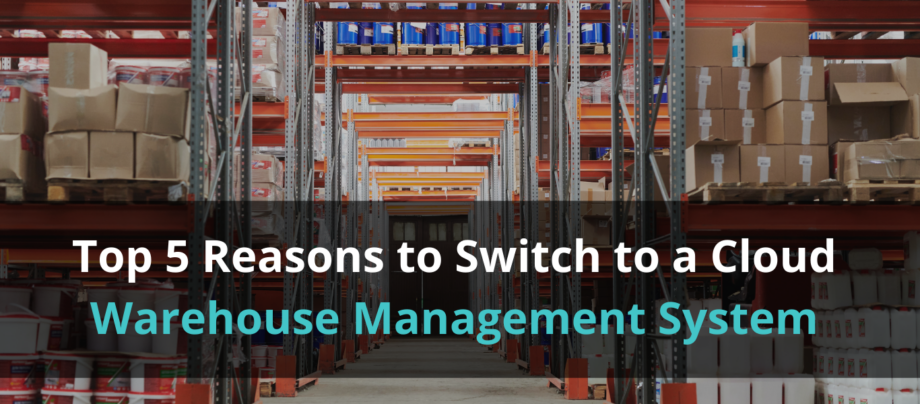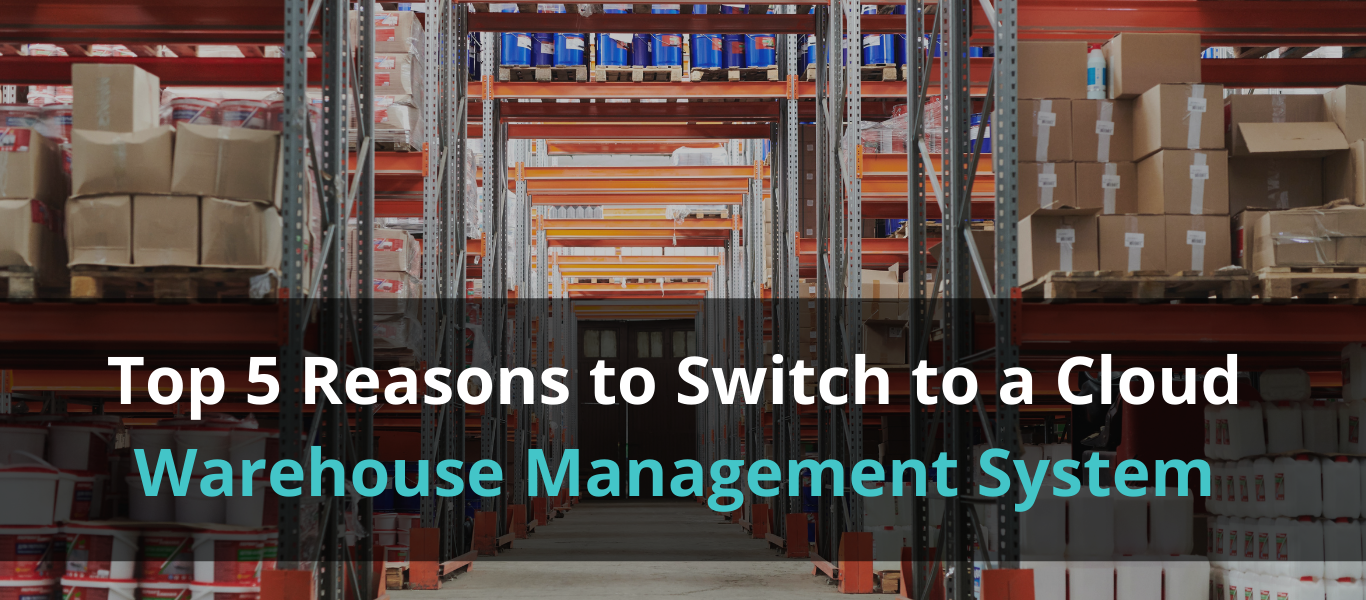5 major components of a logistics management system

Logistics management is intricate and crucial to how businesses run their supply chains. In the flow of commodities from manufacturer to distributor or customer, the essential elements establish and enforce uniformity. It describes the supply chain’s logistical operations.
As the industry evolves and calls for quicker and more efficient logistics to get a product into the hands of a consumer or distributor, having a thorough understanding of the fundamental elements of logistics management is essential. Once you comprehend them, you may choose how to control them to guarantee on-time deliveries while utilising the fewest resources and spending the least amount of money.
Key components of logistics management
(1) Planning: Materials Handling, Storage, and Warehousing :
The market is erratic and incredibly vulnerable to supply and demand imbalances. Although the supply of commodities may remain constant, consumer demand does not. It is unpredictable since a variety of circumstances have a direct impact on it.
A constant and continuous supply of goods from the manufacturer to the consumer is made possible in large part by effective logistics management. To keep a healthy supply chain, excellent planning becomes crucial.
There may be an excess of commodities produced or an insufficient supply of goods during fluctuations in supply and demand. Warehouses and storage facilities play a role in these situations. To ensure the preservation and management of the commodities, efficient logistics planning becomes vital. It gives organisation and synergy.
One of the most crucial aspects of logistics management is planning. It is crucial for ensuring that the process’s many components are coordinated and carried out successfully. It develops mechanisms and procedures to ensure prompt product delivery.
(2) Unitization of packaging :
The upkeep, safe transit, and delivery of commodities all depend on proper packing. As a result, it is a crucial element in logistics management. Typically, businesses package their goods in a cuboidal shape to facilitate storage, movement, and transportation.
To successfully deliver the product into the proper hands in the best condition possible, the packaging’s design, shape, material, and even colors are carefully considered. When a product is being delivered from the manufacturer to the consumer or distributor, packaging protects it.
The eventual goal is to pack everything into a cube, which is the most convenient shape for storage and transportation. Together, packaging and unitization pack products and goods of all sizes and shapes into cuboid shapes.
(3) Inventory control :
Maintaining data on the available stock, warehouse availability, market demands, and other relevant items as part of inventory management. Organizations can maintain a balance between supply and demand by managing and controlling their inventory properly. They can decide how much inventory has to be kept on hand, where it should be kept, and in what quantity. Accurate order fulfillment, effective order planning and arranging, tidy warehouses, improved benefits, and client retention are a few advantages of inventory control.
(4) Transportation :
A challenging and expensive aspect of logistics management is transportation. It can account for 50% of the logistics expenditure, which puts pressure on businesses to find the quickest and most affordable method of getting items to customers and distributors. Transportation encompasses a variety of modes, including air travel, freight trains, road vehicles, and shipping.
Perishables don’t go very far, but a lot of other commodities do, and they come from all over the world, complicating things like tax laws, customs clearance, and payment options. Before the goods even leave the warehouse, all of which need to be resolved.
In the rapidly expanding e-commerce sector, transportation is crucial. Consumers have high expectations for prompt and accurate delivery of their purchases as well as for their return. To ensure quality and efficiency when dealing with a 3PL, it’s crucial to collaborate with a business that offers dependable and open logistic services.
(5) Information Management :
To gain meaningful insights and make better decisions for logistics management, maintaining the proper flow of information is essential. Additionally, it is critical to develop improved algorithms and make the most use of technology for each step of the logistics management process.
Effective management is undoubtedly aided by all of the aforementioned factors, but handling them all requires a sizable staff of logistics experts. Spending money on software that extends end-to-end logistics management is an option for this. Many businesses offer this type of software, however, LogixPlatform is the most reliable. For SaaS-based logistics software with the best features and functionalities, get in touch with the company’s expertise.
How can Logix Platform help you manage your entire logistics operations in one place?
LMS (Logistics Management Software) streamlines logistics processes by streamlining the production cycle and facilitating quick access to vital data. Businesses may manage the many steps in the production cycle, from receiving raw materials to sending finished goods to customers, with the aid of logistics management software.
Software for logistics has expanded in scope and capabilities to handle a wide range of operations and processes. It is comparable to supply chain management software (SCMS), which has capabilities for managing suppliers, procedures, and transactions.
The Benefits of Logistics Software
Giving the task to a logistics management software offers many benefits in logistics. The following advantages could be obtained by a business or third-party logistics provider using logistics management software.
Refine Transportation :
A key component of logistics is transportation. It is the most expensive in terms of fuel, energy, labor, tolls for the roads, and shipping costs. Relying on logistics software can help manage the numerous transportation ways and exploit the operational data for process automation. With the use of logistics management software, it is simple to examine data and come to informed judgments that will increase productivity while lowering expenses.
Faster Delivery :
The logistics and supply chain sector deals with several problems that slow down deliveries. Businesses may quickly deliver their items to clients by using logistics software. By making significant adjustments to the manufacturing cycle and selecting the most appropriate carrier, logistics management software can increase delivery speed. In the end, it significantly lowers delivery delays.
Reduce Human Error :
Reducing human error is a significant benefit of using logistics management software. Large amounts of transportation data require manual processing, which is challenging, time-consuming, and error-prone. A logistics program can swiftly and accurately process these data, advancing the processes with little to no delays.
Automates Tasks :
The integration of logistics software is a great benefit for process automation. Utilizing logistics software makes it simple to automate and manage tasks like planning loads, designing shipment routes, and tendering loads to carriers. Additionally, it gets rid of paperwork, which makes it easier to handle operations quickly and effectively.
Reduce Costs :
Logistics software may analyze shipping providers, delivery personnel, and transportation techniques automatically to determine which ones are most affordable. By improving shipping planning, logistics software also lowers the need for expedited shipments, which is another way it lowers costs.
Choosing a logistics solution is the first step toward streamlining the complete cycle of supply chain and logistical operations. A customised logistics management solution that can satisfy the needs of each supplier is necessary for the efficient administration of each phase from procurement through delivery. For instance, a company without a dedicated logistics division needs a software management tool that can enhance its current methods.




















